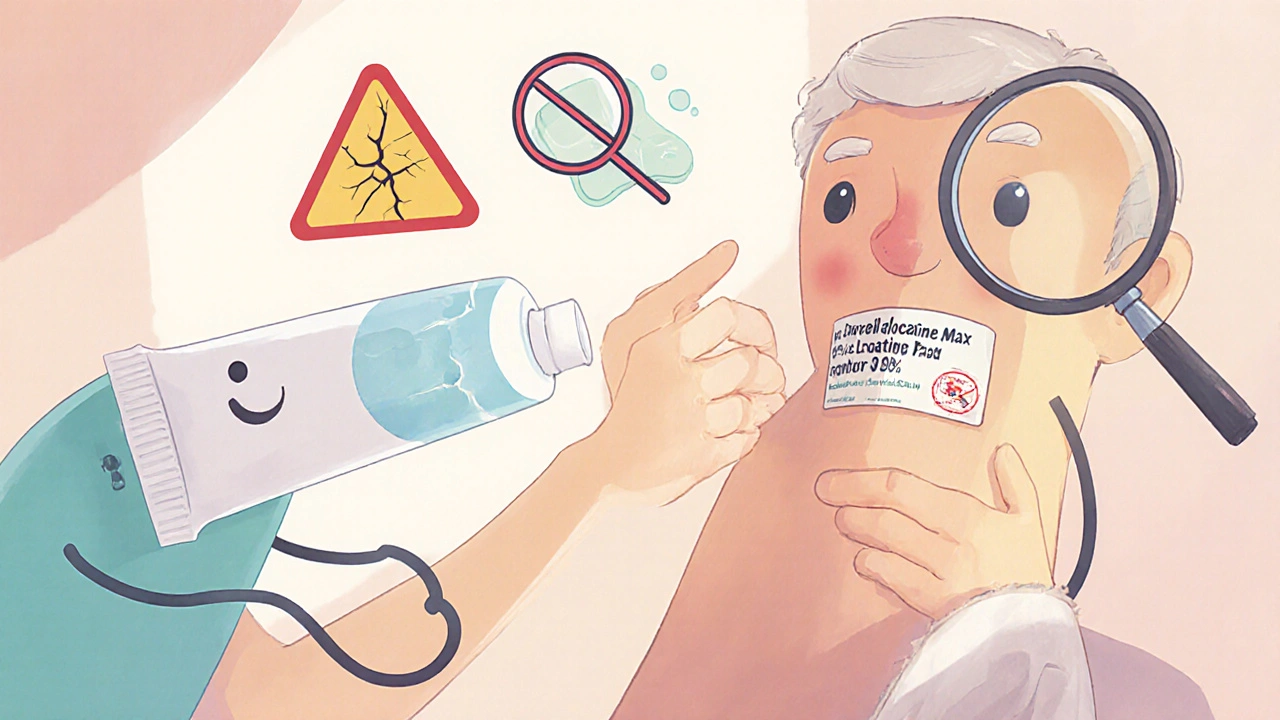
What Are OTC Topical Pain Relievers?
OTC topical pain relievers are creams, gels, and patches you can buy without a prescription to treat sore muscles, stiff joints, or minor aches. They work right where you apply them-no swallowing pills, no full-body effects. These products are popular because they target pain locally, which means less medicine enters your bloodstream compared to oral painkillers like ibuprofen or naproxen.
Common ingredients include menthol, capsaicin, methyl salicylate, and lidocaine. Each works differently. Menthol gives a cooling sensation that distracts your nerves from pain. Capsaicin, the compound in hot peppers, depletes a chemical in your nerves that sends pain signals. Methyl salicylate is related to aspirin and reduces inflammation. Lidocaine numbs the skin like a dentist’s shot, but in a patch or gel form.
Why Safety Matters More Than You Think
Just because something is sold over the counter doesn’t mean it’s harmless. Many people assume OTC means safe for anyone, anytime. That’s not true. In 2017, Health Canada found a clear link between menthol-containing products and rare but serious skin burns. These weren’t mild rashes-they were deep burns requiring medical care. The same products that feel cooling can actually damage skin if used too often, on broken skin, or with heat.
The U.S. Food and Drug Administration (FDA) issued a warning in July 2023 about illegal products sold online for use before or after cosmetic procedures. These products contained up to 20% lidocaine. The legal limit for OTC products is 4%. At 20%, lidocaine can be absorbed through the skin and cause heart rhythm problems, seizures, or trouble breathing. Six companies were named and targeted for selling these dangerous products, including DermaRoller Store and Bella’s Beauty Supply.
Key Ingredients and Their Risks
Not all topical pain relievers are the same. Here’s what you need to know about each main ingredient:
- Menthol (10% in some gels): Found in Aspercreme Heat and similar products. It creates a cooling feeling that tricks your brain into feeling less pain. But it can cause chemical burns if applied to sensitive skin, cuts, or sunburned areas. Never use it with heating pads, warm baths, or tight bandages. The risk is rare, but serious.
- Capsaicin (0.025%-0.1%): Comes from chili peppers. It takes 3-7 days of daily use before you feel relief. It burns at first-this is normal. But if you touch your eyes, nose, or mouth after applying it, you’ll feel intense pain. Always wear gloves or use a roll-on applicator. Wash hands thoroughly after use.
- Methyl salicylate: Often combined with menthol. It’s similar to aspirin and helps reduce swelling. Unlike menthol, there are no documented cases of serious skin burns from this ingredient alone. But if you’re allergic to aspirin or take blood thinners like warfarin, you could have a reaction.
- Lidocaine (max 4%): Only safe at low concentrations. Products labeled for tattoos, laser hair removal, or microdermabrasion often exceed this limit. The FDA says these are illegal and dangerous. If a patch or gel claims to numb skin for a full hour or more, it’s probably too strong.
Who Should Avoid These Products?
Some people are at higher risk, even when using products exactly as directed:
- People with sensitive skin or eczema
- Anyone with open cuts, rashes, or sunburns on the area you want to treat
- Those taking blood thinners (like warfarin or aspirin)-especially if using methyl salicylate or diclofenac
- People allergic to aspirin or other salicylates
- Children under 12-most products aren’t tested for safety in young kids
- People with kidney or liver disease-while topical use is safer than pills, your body still absorbs some medicine
Even if you’re healthy, don’t assume it’s safe to use these daily for months. The Cleveland Clinic warns that over time, your body can build tolerance. What once gave relief might stop working. Then you start using more, which increases your risk.

How to Use Them Safely
Follow these rules every single time:
- Check the label. Look for the active ingredient and concentration. If it says “for use before laser treatment” or “for tattooing,” put it back. It’s likely illegal.
- Never apply to broken, irritated, or sunburned skin.
- Don’t use with heating pads, hot water bottles, or electric blankets. Heat increases absorption and raises burn risk.
- Wash your hands after applying, especially with capsaicin. Use gloves or a roller applicator if possible.
- Avoid eyes, nose, mouth, and genitals. If you get it in your eyes, rinse with water for 15 minutes and call a doctor.
- Stop using if you get redness, swelling, blistering, or a burning sensation that lasts more than a few hours.
- Don’t use for more than 7 days in a row unless your doctor says so.
Even if you feel better in a day or two, don’t keep using it just because it’s “safe.” Pain is a signal. If it’s still there after a week, see a doctor. You might have something deeper than a muscle strain.
Topical vs. Oral: Which Is Safer?
Oral NSAIDs like ibuprofen and naproxen carry known risks: stomach bleeding (1-2% of regular users), kidney damage, high blood pressure, and heart problems. Topical versions avoid most of these because only a small amount enters your bloodstream.
Harvard Health confirms that topical pain relievers are a safer choice for osteoarthritis or soft tissue injuries. They’re especially helpful for older adults who can’t take pills due to stomach issues. But “safer” doesn’t mean “risk-free.”
For example, diclofenac gel (available OTC in some countries) is just as effective as oral diclofenac for knee pain-but it still carries a small risk of skin reactions. The benefit is that your liver and stomach aren’t overwhelmed.
What to Do If You Have a Reaction
If you notice any of these after using a topical pain reliever:
- Red, blistered, or peeling skin
- Severe burning that doesn’t go away
- Dizziness, rapid heartbeat, or trouble breathing
Stop using the product immediately. Wash the area with cool water and mild soap. Call your doctor or poison control. If you have trouble breathing or feel faint, go to the ER. These are signs of systemic absorption-meaning too much medicine got into your blood.
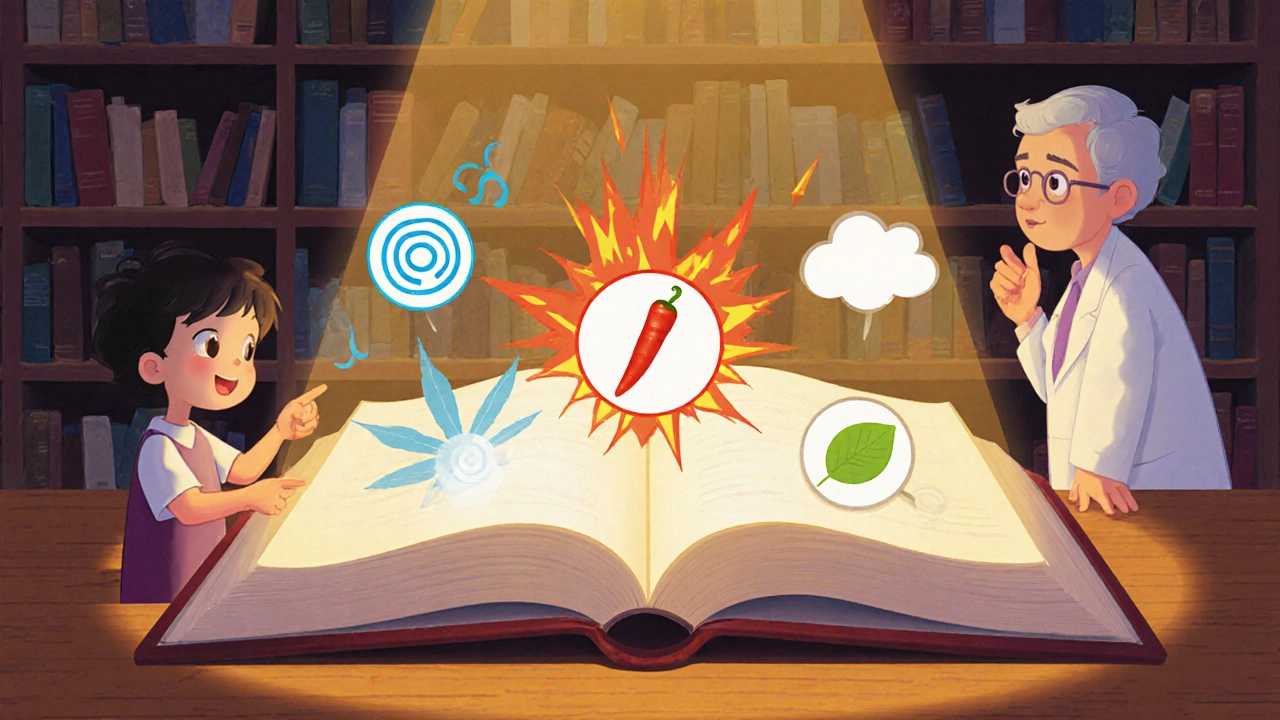
What’s Being Done About Unsafe Products?
Regulators are taking action. Health Canada updated labels on all menthol-containing products in 2017 to include burn warnings. The FDA has issued multiple warnings since 2015 and continues to crack down on illegal lidocaine products sold online. They’ve shut down websites and seized shipments.
But the problem persists. These illegal products are often marketed as “professional-grade” or “cosmetic numbing agents.” They’re sold on Amazon, Etsy, and small online stores. If the price seems too good to be true, or the label doesn’t list exact concentrations, it’s probably unsafe.
When to See a Doctor
Topical pain relievers are great for temporary relief. But they’re not a cure. See a doctor if:
- Pain lasts more than 7 days
- It gets worse instead of better
- You have numbness, tingling, or weakness in your limbs
- You have swelling, redness, or heat around the joint
- You’re using these products daily and feel like you need more to get relief
Chronic pain might be a sign of arthritis, nerve damage, or another condition that needs proper diagnosis and treatment. Relying on creams and patches long-term can delay the right care.
Final Thoughts
OTC topical pain relievers can be a smart, safe option-if you know what you’re using and how to use it. They’re not magic. They’re medicine. And like all medicine, they come with rules.
Stick to trusted brands. Read every label. Avoid anything marketed for cosmetic procedures. Never mix with heat. Watch for skin reactions. And talk to your pharmacist if you’re on other medications. Most people get relief without issues. But the ones who don’t? They often didn’t realize the risks until it was too late.
Can I use OTC pain creams if I’m on blood thinners?
Be cautious. Products containing methyl salicylate or diclofenac are related to aspirin and can increase bleeding risk when used with blood thinners like warfarin. Talk to your pharmacist before using them. Capsaicin and menthol are generally safer options, but always check with your provider.
Why do some pain patches say ‘do not use with heating pads’?
Heat opens your pores and increases how much medicine your skin absorbs. This can turn a safe dose into a dangerous one. Menthol and methyl salicylate can cause chemical burns when absorbed too quickly. Even lidocaine can reach toxic levels. Always follow the label-even if you think you’re being careful.
Are capsaicin creams safe for long-term use?
Yes, if used correctly. Capsaicin requires daily use for 3-7 days before you feel results. Once effective, you need to keep using it 3-4 times a day. Stopping means the pain can return. The burning sensation fades over time. Use gloves or a roller to avoid getting it on your fingers or face.
Can children use OTC topical pain relievers?
Most are not tested or approved for children under 12. Even small amounts of menthol or methyl salicylate can be harmful to kids. Never use these products on young children without a doctor’s advice. For minor bumps or bruises, use ice or a gentle massage instead.
How do I know if a lidocaine product is legal?
Check the label. The maximum allowed OTC concentration is 4%. If the product claims to numb skin for hours, works for tattoos, or says “professional strength,” it’s likely illegal. Avoid anything sold online for cosmetic procedures. Stick to well-known brands like Salonpas or Bengay, and buy from pharmacies, not random websites.



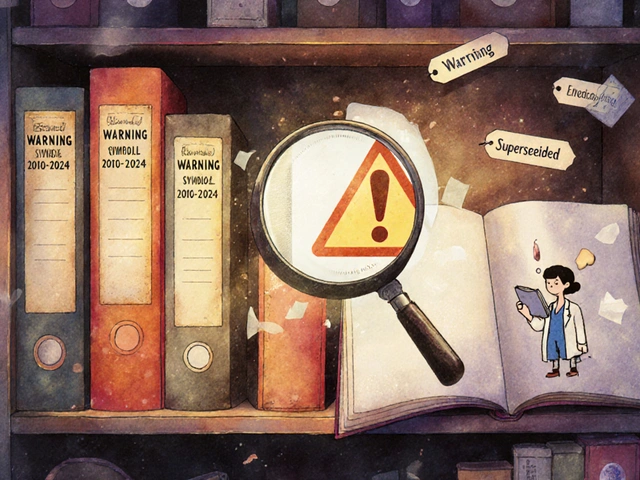
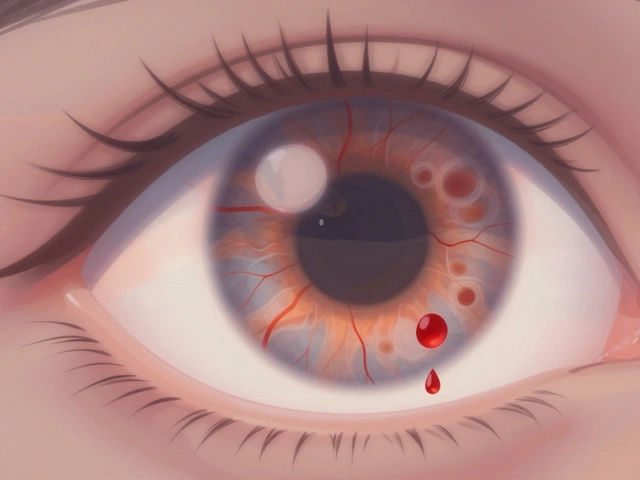
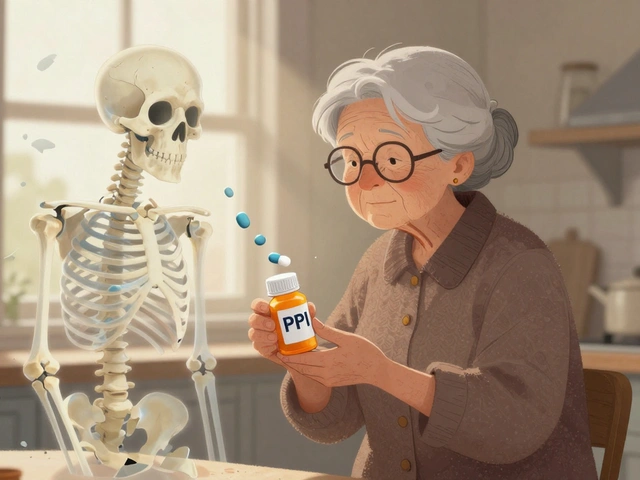

Alex Dubrovin
November 25, 2025 AT 10:32Natashia Luu
November 25, 2025 AT 21:03akhilesh jha
November 26, 2025 AT 00:17Jeff Hicken
November 28, 2025 AT 00:10Victoria Stanley
November 29, 2025 AT 08:13Nikki C
December 1, 2025 AT 02:37Akash Chopda
December 3, 2025 AT 01:41Vineeta Puri
December 4, 2025 AT 10:29Jacob McConaghy
December 5, 2025 AT 04:25